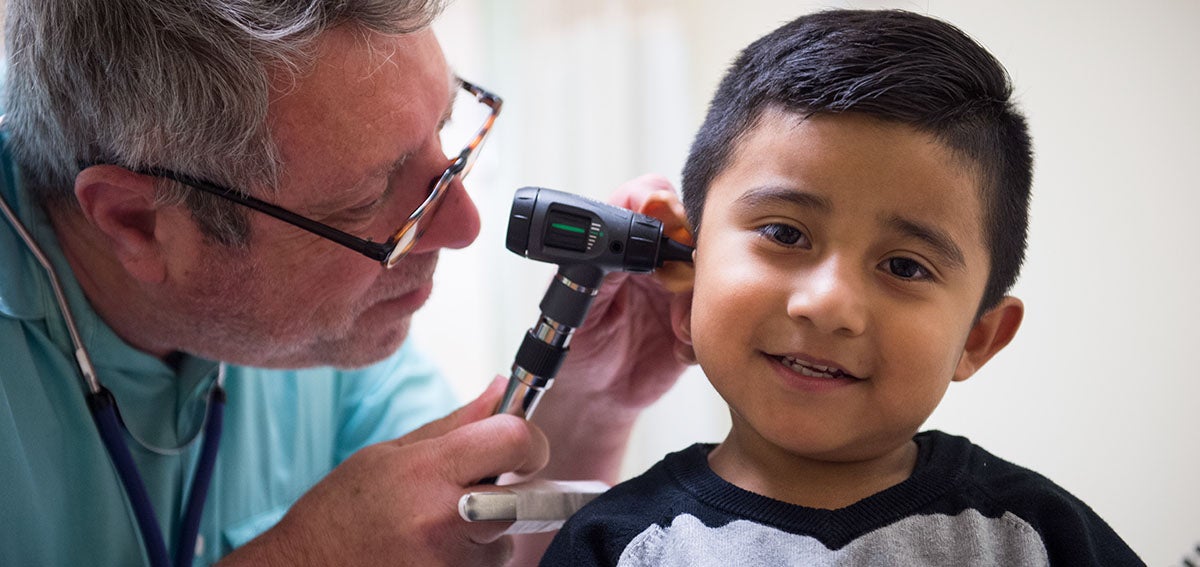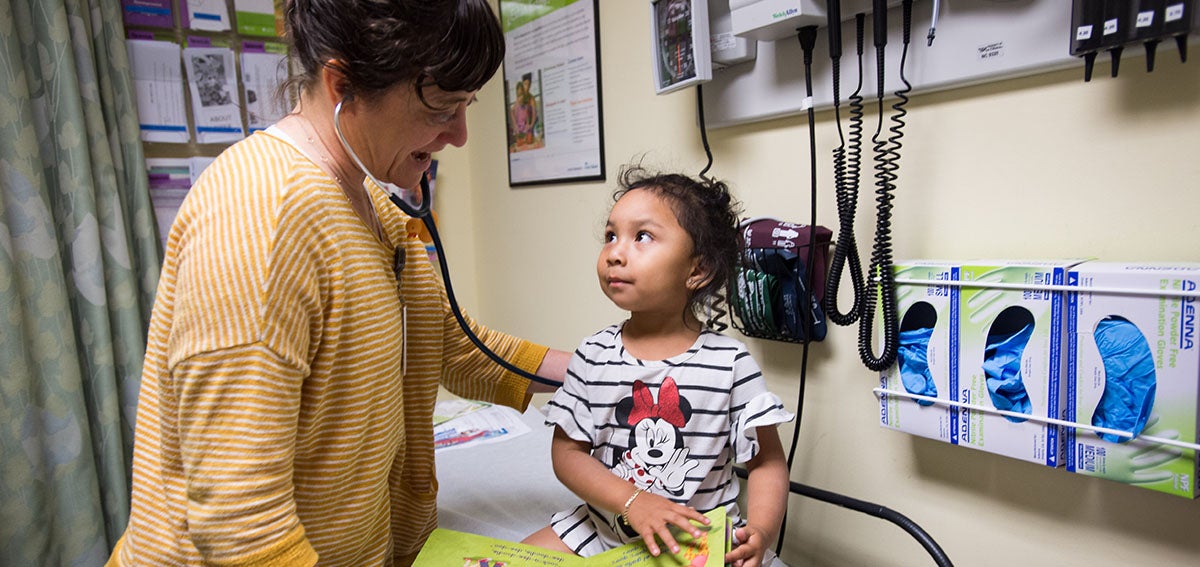When we at the California Health Care Foundation (CHCF) talk about making health care work for Californians with low incomes, we understand that community health centers (CHCs) must be at the center of the conversation. CHCs have been a cornerstone of the health care safety net since the 1960s. Today CHCs are the primary source of care for four million Californians with low incomes, which is why CHCF continues to invest in helping them deliver the best care possible.
California’s CHCs have boldly embraced the transformation of primary care. Over the past decade, they’ve implemented care teams, deepened the engagement of patients in clinical care and organizational quality-improvement efforts, and integrated behavioral and physical health. Community health centers are improving their ability to manage population health, to provide care outside the medical office, and to address patients’ social needs. In addition to expanding care in these ways, CHCs have also begun experimenting with new value-based payment models.
It takes considerable infrastructure to expand care and go beyond traditional payment structures. CHCs require a highly skilled workforce, sophisticated data and reporting systems, and much more. All health centers struggle to put these elements in place, but small health centers — such as those having fewer than 10,000 patients or an annual budget of $10 million or less — face special challenges. Compared to their larger peers, some of which serve well over 50,000 patients annually, smaller CHCs have a more difficult time obtaining capital and negotiating favorable health plan contracts. They are also less likely to participate in consortia or to have internal resources for quality-improvement activities. In other words, those health centers that need the most support are the least likely to be able to get it.
CHCs Provide a Lifeline for Thousands of Californians
This puts the long-term sustainability of many small health centers in jeopardy — and that poses a risk for the hundreds of thousands of Californians with low incomes who rely on small CHCs. These centers are a lifeline to health care services for patients, especially in rural and isolated areas and for hard-to-reach populations, such as homeless people or immigrant farmworkers. In the drive to move California’s entire health care safety net forward, we can’t leave these smaller CHCs and their patients behind.

CHCF partnered with the MacColl Center for Health Care Innovation at Kaiser Permanente Washington Health Research Institute and JSI Research & Training Institute, Inc. to explore how small health centers might build the capabilities they need to continue advancing care and participate in value-based payment. They conducted a thorough literature review and extensive interviews with industry leaders, including CEOs at small CHCs. What quickly emerged was the importance of partnerships. CHCs increasingly are using partnerships to provide medical and social services that they cannot staff in-house, to improve administrative efficiency and free up time for direct patient care, or to negotiate better contracts with vendors.
Today, CHCF released the full findings from the project. Partnering to Succeed: How Small Health Centers Can Improve Care and Thrive Under Value-Based Payment presents seven types of partnerships, including those with community agencies and hospitals; participation in consortia and health-center-led independent practice associations (IPAs); mergers; and more. The paper can help health center leaders evaluate if any of the partnership models are right for their organizations and suggests steps they can take to prepare. It also features four case studies profiling CHCs that have successfully established a partnership to add services, expand their footprint, or improve their finances. Finally, the project also produced video interviews with two CEOs who used partnership to advance the mission of their health center.
This report is intended to foster a broad conversation about strengthening CHCs. As we plan how to support partnerships and strengthen the capacity and sustainability of California’s safety net, we want your input. You can follow developments here at CHCF by signing up for the CHCF newsletter. In the meantime, I hope you’ll read and share the paper with CHC leaders in your network who can benefit from the findings. Let us know what you think on social media using the hashtag #PartnerToSucceed and our Twitter account @CHCFnews, or send your feedback and questions to me.
Authors & Contributors






